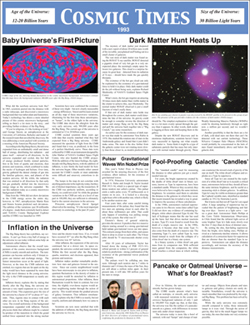Inflation in the Universe
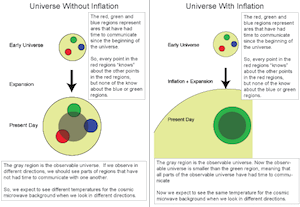
The Big Bang theory has a problem, say scientists. It can't go from a tiny ball of energy to the universe we see today without some help. It needs an adjustment called inflation.
Fool-Proofing Galactic "Candles"

The "standard candle" used for measuring the distance to other galaxies just got a much-needed tune-up.
Pulsar Gravitational Waves Win Nobel Prize

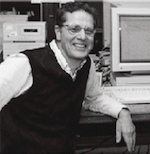
This year's Nobel Prize in Physics was awarded for the amazing discovery of the first indirect evidence for the existence of gravitational waves.
Baby Universe's 1st Picture
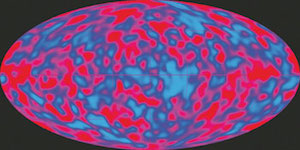
What did the newborn universe look like? In 1965, scientists used a radio telescope and found the answer. They discovered a background of microwave radiation that was very plain. Today's technology shows a more detailed picture of this cosmic microwave background (CMB), and it tells us there's a lot more to the story. The detail also provides further evidence of the Big Bang.
Pancake or Oatmeal Universe – What's for Breakfast?

Over its lifetime, the universe started out fairly smooth, but has grown lumpy.
Dark Matter Hunt Heats Up
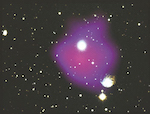
The mystery of dark matter just deepened. A new report takes a look at a huge mass of dark matter (equal to about the mass of about 20 trillion Suns) located in a small cluster of galaxies. Dark matter isn't visible, and scientists can't explain what it is.



